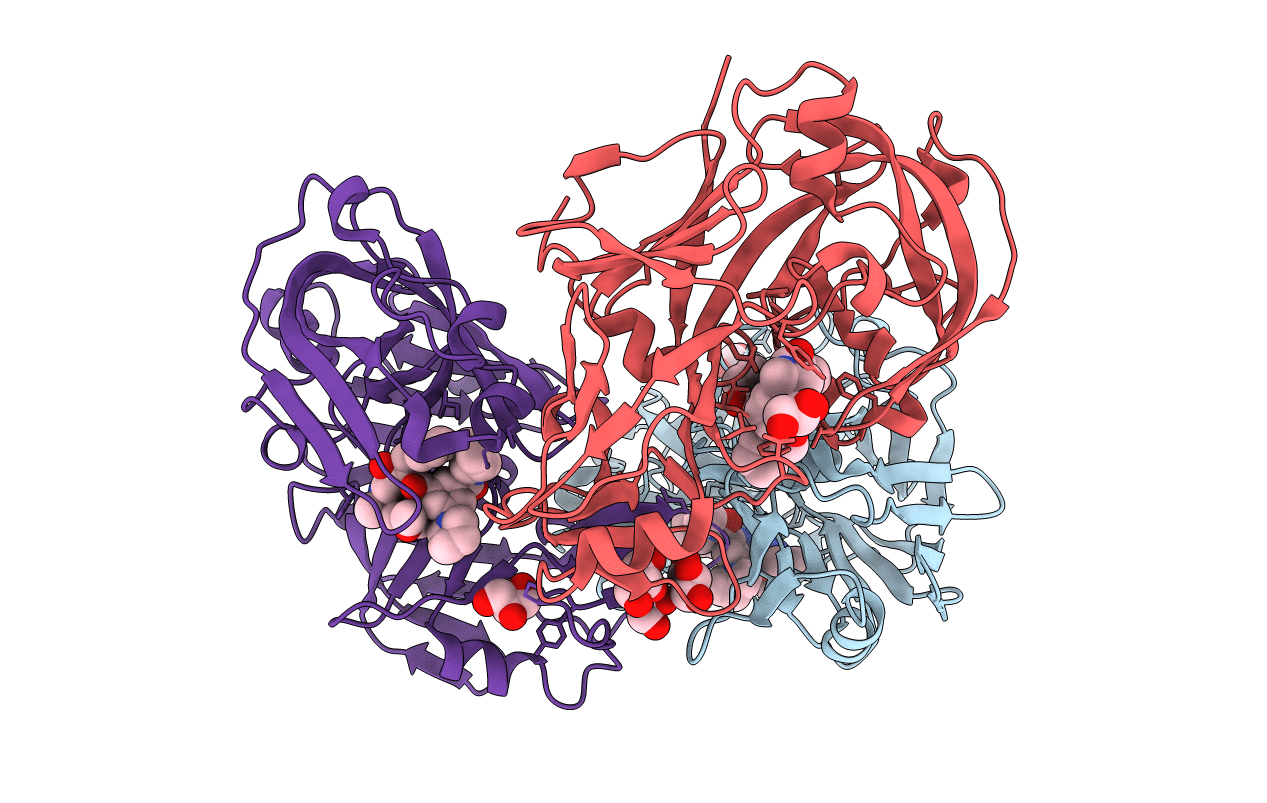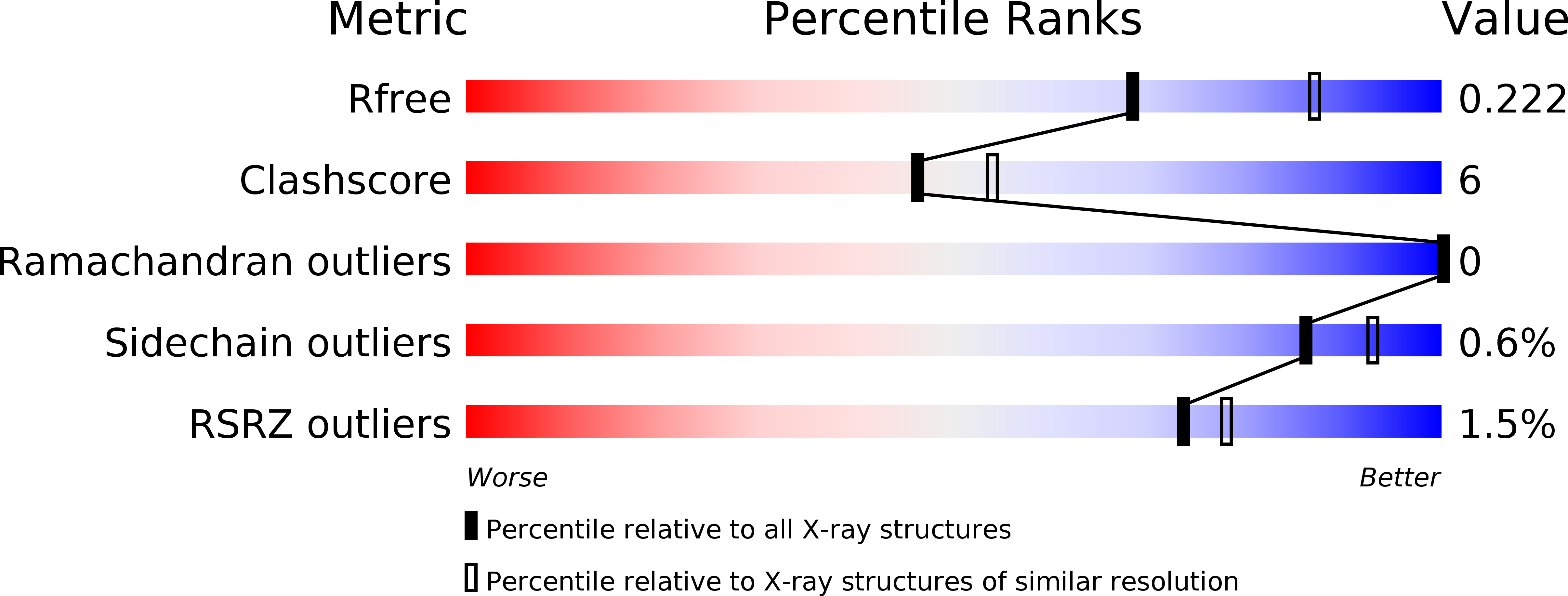
Deposition Date
2015-02-13
Release Date
2015-12-09
Last Version Date
2024-11-20
Entry Detail
PDB ID:
4Y6M
Keywords:
Title:
Structure of plasmepsin II from Plasmodium falciparum complexed with inhibitor PG418
Biological Source:
Source Organism:
Plasmodium falciparum (Taxon ID: 5833)
Host Organism:
Method Details:
Experimental Method:
Resolution:
2.27 Å
R-Value Free:
0.21
R-Value Work:
0.17
R-Value Observed:
0.17
Space Group:
P 21 21 21


